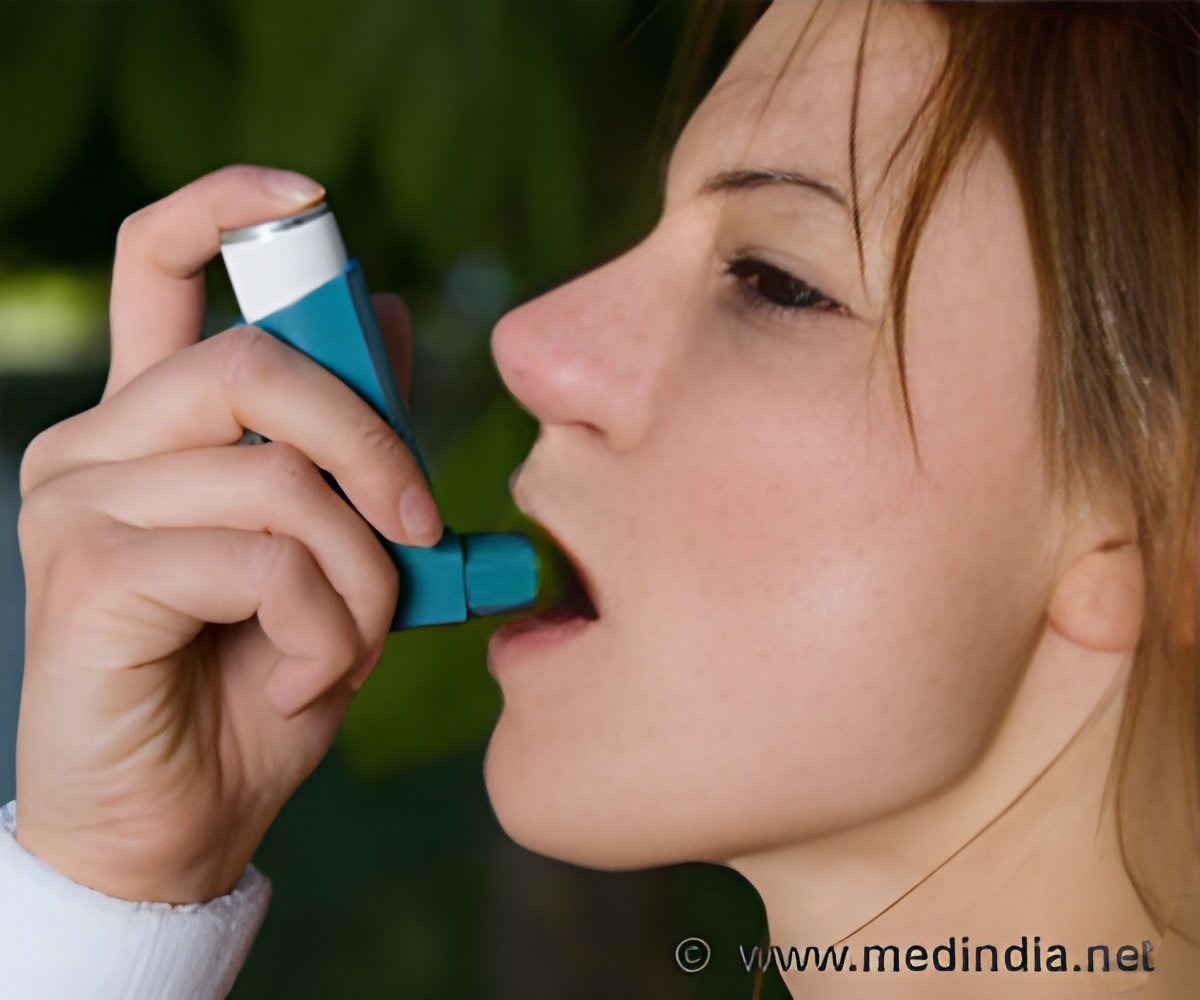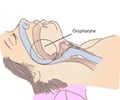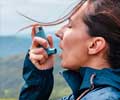Scientists have discovered asthma as the potential new risk factor for obstructive sleep apnea.

"This is the first longitudinal study to suggest a causal relationship between asthma and sleep apnea diagnosed in laboratory-based sleep studies," said Mihaela Teodorescu, MD, MS, assistant professor of medicine at the university, who will present the research at ATS 2013. "Cross-sectional studies have shown that OSA is more common among those with asthma, but those studies weren''t designed to address the direction of the relationship."
The connection between asthma and obstructive sleep apnea (OSA) was even stronger among participants who developed asthma as children. Childhood-onset asthma was associated with 2.34 times (95% CI=1.25-4.37) the likelihood of developing sleep apnea.
The researchers also found that the duration of asthma affected the chances of developing sleep apnea. For every five-year increase in asthma duration, the chances of developing OSA after eight years increased by 10 percent.
Participants in the Wisconsin Sleep Cohort, who were all between the ages of 30 and 60 in 1988, complete in-laboratory polysomnography, clinical assessments and health history questionnaires every four years. For the asthma-OSA study, the researchers focused on 773 cohort enrollees who did not have OSA (apnea-hypopnea index <5) when they joined the study and then determined whether their sleep apnea status had changed after eight years.
The study adjusted for variables known to contribute to sleep apnea, including age, sex, body mass index (BMI), smoking, number of alcoholic drinks per week and nasal congestion. The study also took into account changes in BMI and the addition of new asthma cases.
"Forty-eight percent represents a large difference," said Paul Peppard, PhD, an assistant professor of population health sciences at the university and a principal investigator of the Wisconsin Sleep Cohort Study. "This is one result that calls for a follow-up study. If confirmed by a larger study with more asthma cases, the finding would have important clinical relevance."
Although he considers the overall study that will be presented at ATS 2013 a "strong observational study," Dr. Peppard said it falls short of establishing causality between asthma and sleep apnea. He and Dr. Teodorescu plan to continue their study for at least another four years to look at the connection between asthma and sleep apnea over an even longer timeframe. They also hope other researchers will look at asthma and OSA in other cohorts in order to "solidify our study results."
Dr. Teodorescu believes that birth or child cohorts would be especially important to study, because the link between asthma and OSA in the Wisconsin study was strongest in those who had asthma as children. Such studies, she added, would incorporate a "more objective" diagnosis of asthma than simply asking participants if they were ever diagnosed as having the disease.
Source-Newswise
 MEDINDIA
MEDINDIA




 Email
Email










